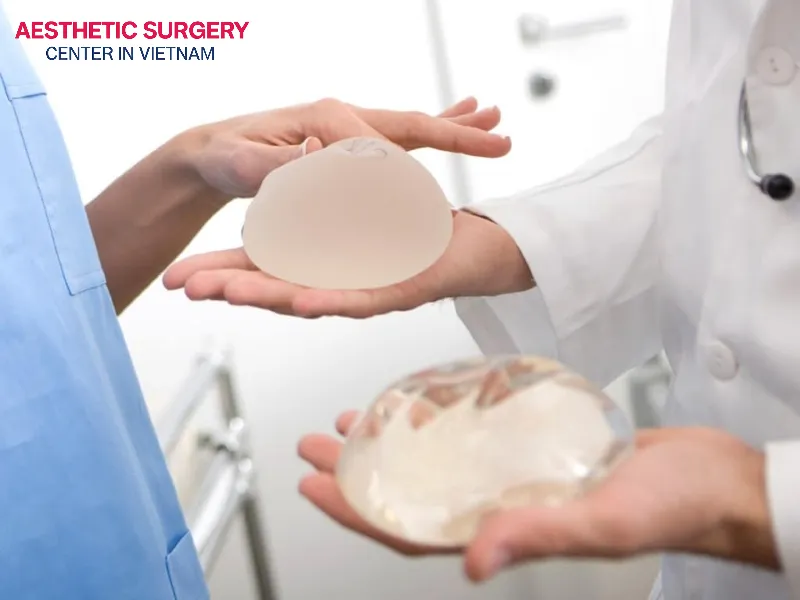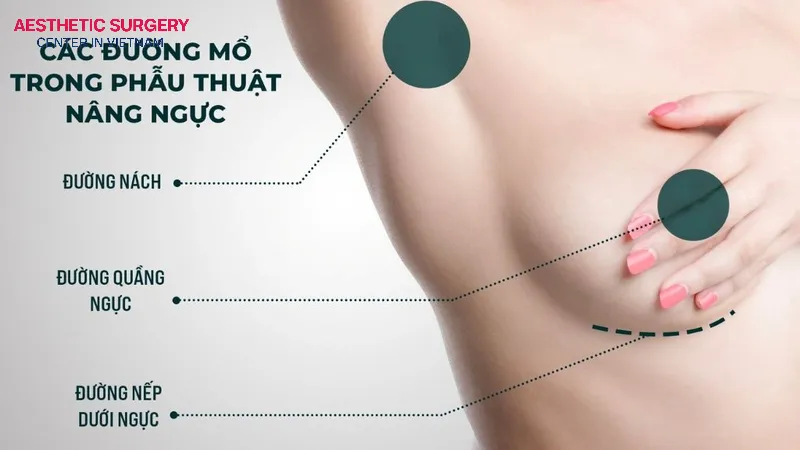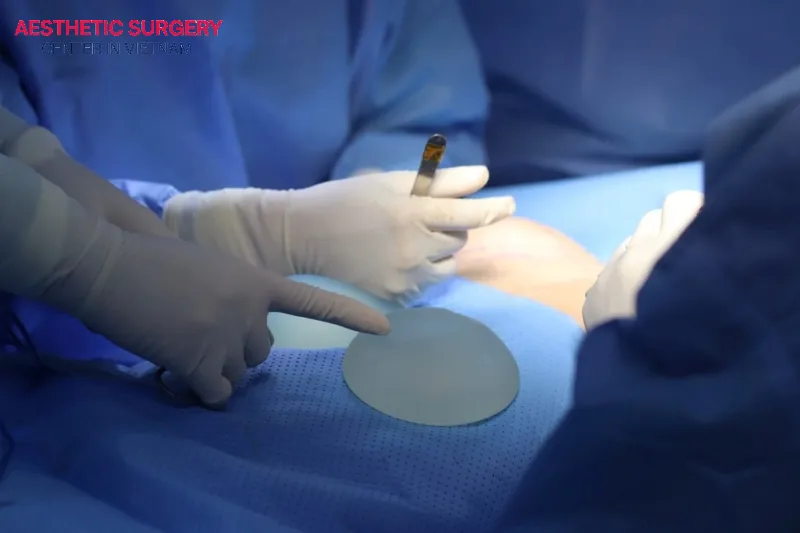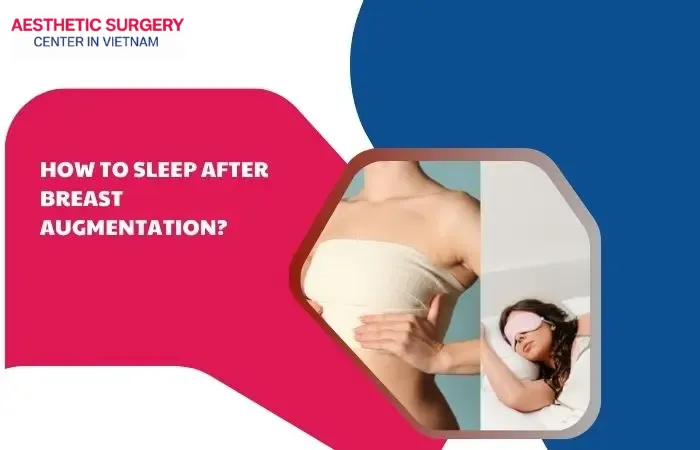Breast augmentation is one of the most popular cosmetic procedures today, helping many women feel more confident about their bodies. However, to achieve satisfactory and safe results, there are many factors affecting breast augmentation treatment that need to be carefully considered before making a decision. Let’s find out what these factors are before you decide!
1. Choosing the right Surgeon/ Physician
Choosing the right surgeon is one of the factors affecting breast augmentation treatment. Breast augmentation is a complex procedure that requires skill and in-depth knowledge. A surgeon with a practicing certificate and extensive experience in breast augmentation will be able to perform the procedure safely and handle any arising situations effectively.
A good surgeon will always prioritize patient safety. They will thoroughly assess your health condition, clearly advise you on potential risks and complications, and ensure the surgery is performed in a sterile, medically standard environment. This helps minimize the risk of infection, bleeding, or other health problems.

2. Silicone vs. Saline: Types of implant determine a lot
Choosing between silicone and saline implants is the second important factor as it directly affects the feel, shape, and cost of breast augmentation. Each type has its own characteristics suitable for different preferences and body types.
Silicone implants are filled with cohesive silicone gel, providing a soft, natural feel similar to real breast tissue. They hold their shape well and are less likely to wrinkle under the skin. The silicone shell is durable and resistant to rupture from normal trauma. You also have various options in terms of shape (round or teardrop) and gel firmness.
Saline implants consist of a silicone outer shell filled with sterile saline solution. Depending on the desired size, the surgeon will adjust the amount of saline filled. However, saline implants often feel firmer and less natural compared to silicone. In slim patients with little breast tissue, the folds of the implant may be visible or palpable under the skin.
Silicone implants generally cost more than saline implants, and the incision for silicone implants is also longer than that for saline.
Each type of implant has its own pros and cons, so depending on your budget and needs, you can choose the one that suits you.

3. Size and shape matters
Size and shape are also factors affecting breast augmentation treatment, particularly in determining body harmony and natural results. You need to choose a size and shape that suits your body frame, bone structure, and personal preferences for the most optimal aesthetic outcome.
There are two main breast shapes: round and teardrop. Round implants create fullness in the upper breast, suitable for those wanting a plump, sexy bust. Teardrop implants mimic the natural slope of the breast, with a slimmer upper part and fuller lower part, ideal for those wanting the most natural results.
You also need to choose the implant projection (low, moderate, high) to ensure it looks natural and not overly “fake”.
Additionally, don’t forget to consider the weight of the implant. If it’s too large, it can put pressure on your chest, causing back, shoulder, or neck pain and discomfort when lying down or moving. Choosing an unsuitable size can also increase risks such as capsular contracture, implant rotation, displacement, or discomfort.

4. Surgical incision
The goal of breast augmentation is to create beautiful breasts without visible scars. The more discreet the incision, the harder it is to see the scar, enhancing the aesthetic result.
Typically, surgeons choose inframammary fold incisions, periareolar incisions, or transaxillary incisions.
- The inframammary fold incision is about 4–6 cm along the natural crease under the breast. This is the most common incision as it allows direct access to the implant pocket, minimally affects milk ducts and nipple sensation, and the scar is well hidden in the fold.
- The periareolar incision is made along the edge of the areola and is well concealed in the darker area, making it hard to notice. This is often used for augmentation combined with mild breast ptosis correction.
- The transaxillary incision is made within the underarm fold. Its biggest advantage is that it leaves no direct breast augmentation scar on the breast itself and minimally affects breast tissue. However, this method is technically more challenging and specifically requires an experienced surgeon to properly create the pocket and position the implant.

5. Understanding Risks, complications, and the recovery period
All surgeries carry risks, even if minor. You need to understand the potential complications, such as infection, bleeding, anesthesia reactions, or deep vein thrombosis, to be mentally prepared and avoid panic if complications occur.
You should also understand these risks to make an informed decision and consider whether the aesthetic benefits are worth the potential risks.
After surgery, following postoperative care instructions is equally important to ensure proper wound healing, reduce swelling, and stabilize the implants quickly.
During your breast augmentation recovery, you need to attend regular follow-up appointments to assess implant condition and overall health. Additionally, understand that your aesthetic results may change over time due to aging, weight fluctuations, or pregnancy. This knowledge ensures you have realistic expectations and know the best long-term strategies to maintain your outcome.

Breast augmentation is not merely a cosmetic decision but a journey requiring careful consideration of many factors. By understanding the factors affecting breast augmentation treatment above, you will be well-prepared to achieve the desired, natural, safe, and long-lasting results. Wishing you confidence with your beautifully enhanced bust soon!

















Comment on the post